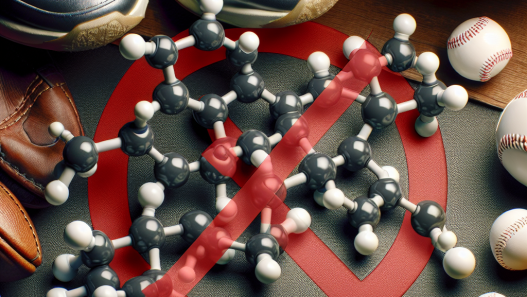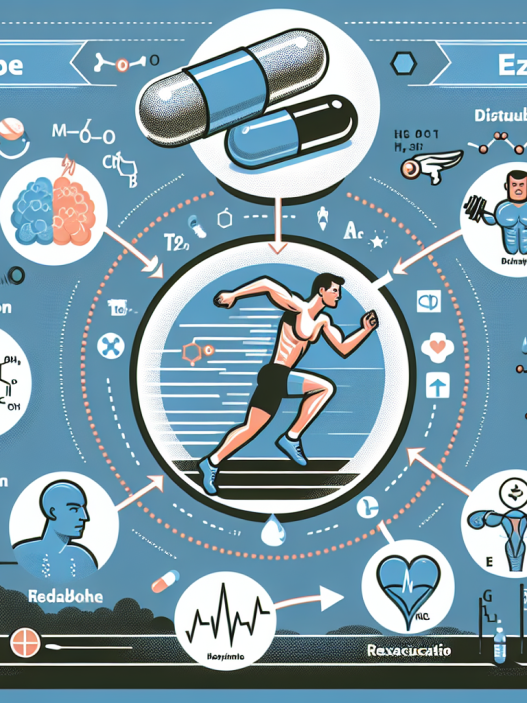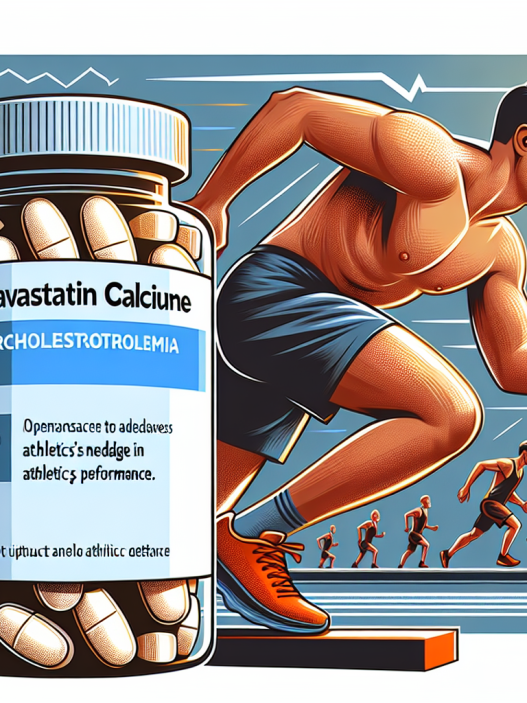-
Table of Contents
Using Erythropoietin to Optimize Athletic Performance
Athletes are constantly seeking ways to improve their performance and gain a competitive edge. While training, nutrition, and genetics play a significant role, the use of performance-enhancing drugs has also been a controversial topic in the world of sports. One such drug that has gained attention is erythropoietin (EPO), a hormone that stimulates the production of red blood cells. In this article, we will explore the use of EPO in optimizing athletic performance, its pharmacokinetics and pharmacodynamics, and the potential risks and benefits associated with its use.
The Role of Erythropoietin in Athletic Performance
Erythropoietin is a hormone produced by the kidneys that regulates the production of red blood cells. Red blood cells are responsible for carrying oxygen to the muscles, which is crucial for athletic performance. By increasing the number of red blood cells, EPO can improve an athlete’s endurance, speed, and overall performance.
In the world of sports, EPO is primarily used in endurance events such as cycling, running, and triathlons. It has been reported that EPO can improve an athlete’s performance by 5-10%, which can make a significant difference in competitive sports (Lippi et al. 2010).
Pharmacokinetics and Pharmacodynamics of Erythropoietin
EPO is available in both synthetic and natural forms. The synthetic form, known as recombinant human erythropoietin (rHuEPO), is the most commonly used in sports. It is administered through injection and has a half-life of approximately 24 hours (Lippi et al. 2010). This means that it takes about 24 hours for half of the injected dose to be eliminated from the body.
Once injected, EPO stimulates the production of red blood cells in the bone marrow. This process, known as erythropoiesis, takes about 7-10 days to reach its peak and can last for several weeks (Lippi et al. 2010). This is why athletes often use EPO in a cycle, taking breaks in between to avoid detection in drug tests.
Risks and Benefits of Erythropoietin Use
While EPO can provide significant benefits in athletic performance, its use also comes with potential risks. One of the main concerns is the increased risk of blood clots, which can lead to serious health complications such as stroke or heart attack (Lippi et al. 2010). This risk is further increased when EPO is used in combination with other performance-enhancing drugs.
Another concern is the potential for abuse and misuse of EPO. Athletes may use higher doses or use it more frequently than recommended, which can lead to adverse effects on the body. Additionally, the use of EPO is banned by most sports organizations, and athletes who are caught using it may face severe consequences, including disqualification and suspension.
However, when used under medical supervision and in the recommended doses, EPO can provide significant benefits to athletes. It can improve their endurance, speed, and overall performance, giving them a competitive edge. It is also used in the treatment of certain medical conditions, such as anemia, which can affect an athlete’s performance (Lippi et al. 2010).
Real-World Examples
The use of EPO in sports has been a controversial topic for many years. One of the most well-known cases is that of cyclist Lance Armstrong, who admitted to using EPO during his career. He was stripped of his seven Tour de France titles and banned from competitive cycling for life (Lippi et al. 2010).
Another example is that of Olympic gold medalist Marion Jones, who also admitted to using EPO during her career. She was stripped of her medals and served a six-month prison sentence for lying to federal investigators about her use of performance-enhancing drugs (Lippi et al. 2010).
Expert Opinion
According to Dr. Michael Joyner, a sports physiologist and researcher at the Mayo Clinic, the use of EPO in sports is a complex issue. He believes that while EPO can provide significant benefits to athletes, it also comes with potential risks and ethical concerns. He suggests that more research is needed to fully understand the effects of EPO on athletic performance and the potential long-term consequences of its use (Joyner 2019).
Conclusion
Erythropoietin has been used in sports for many years, and its use continues to be a controversial topic. While it can provide significant benefits in athletic performance, its use also comes with potential risks and ethical concerns. Athletes should be aware of the potential consequences of using EPO and should only use it under medical supervision and in the recommended doses. More research is needed to fully understand the effects of EPO on athletic performance and the potential long-term consequences of its use.
References
Joyner, M. (2019). Erythropoietin and blood doping. British Journal of Sports Medicine, 53(9), 545-546.
Lippi, G., Franchini, M., Guidi, G. C., & Favaloro, E. J. (2010). Erythropoietin in sports: a review. Journal of Clinical Pathology, 63(5), 368-373.



















